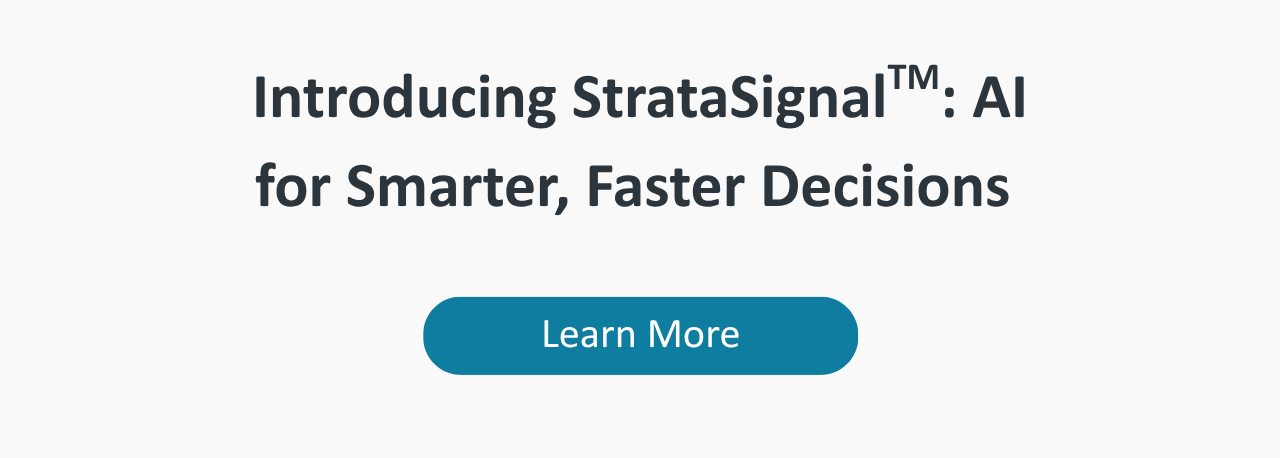Colleges and universities nationwide are navigating a financial landscape defined by volatility and constraint. Results from a recent survey conducted by Inside Higher Ed and Hanover Research reveal growing unease among chief business officers as they grapple with shrinking enrollments, reduced public funding, and rising operational costs. The findings from this annual survey — sponsored by Strata Decision Technology — underscore a sector facing mounting fiscal pressures and reevaluating its long-term sustainability.
Persistent financial pressures
Nearly half of survey respondents (49%) identified enrollment declines, reductions in government funding, and escalating personnel costs as the most pressing financial risks facing their institutions over the next five years.
Concerns over student enrollment were especially acute among private nonprofit institutions, where 54% of business leaders cited declining numbers as a major challenge, compared to 44% at public colleges and universities. Funding issues, by contrast, loom larger for public institutions: nearly two-thirds (65%) of their leaders pointed to cuts in state or federal support as a critical threat, versus just 28% of leaders from private nonprofit institutions.
Meanwhile, staffing and compensation costs continue to weigh heavily across both sectors. More than half (51%) of business leaders at public institutions and 46% at private nonprofits reported that rising personnel expenses pose a significant financial risk for their institutions in the coming years.
Declining short-term optimism
Confidence in the near-term financial outlook has softened noticeably compared with previous years. Fewer than half of respondents (43%) expect their institutions to be in better financial shape a year from now. That represents a sizable decline from last year’s 56%.
Public institution leaders are particularly apprehensive — more than two in five (41%) say they anticipate little or no improvement in their financial standing over the next year, compared with 28% of private nonprofit leaders. Among those expecting conditions to worsen, an overwhelming majority (82%) cite uncertainty around federal policy and funding as a primary concern. Sixty-seven percent also cited rising labor and non-labor costs as major concerns.
Longer-term confidence holds steady
Despite waning short-term optimism, many business leaders express cautious optimism in their institutions’ ability to weather the long-term challenges ahead. Nearly three-quarters (73%) believe their colleges or universities will remain financially stable over the next five years, and 71% project stability over the next decade. While these figures remain solid, both are slightly lower than last year’s survey results, which showed stronger confidence in both time horizons.
Still, many acknowledge that the foundation of that stability may be fragile. Fewer than one in four business officers (24%) feel highly confident in their institution’s current business model. They point to ongoing concerns about demographic shifts, operational inefficiencies, limited financial reserves, and heavy reliance on tuition discounting, particularly at private nonprofit institutions.
Current financial performance and the road ahead
Looking back at the 2023–24 fiscal year, 57% of respondents reported a positive operating margin, though the results varied widely by sector. Nearly seven in 10 (68%) public institutions ended the year in the black, compared with just 38% of private nonprofit institutions. For the current fiscal year, 44% of all respondents are highly confident their institutions will maintain a positive margin.
As financial pressures mount, business leaders are actively exploring ways to strengthen institutional resilience. Some of their top priorities include:
- Boosting enrollment through targeted recruitment and improved retention (56%)
- Streamlining operations and managing costs more strategically (49%)
- Forging partnerships with employers, community organizations, and peer institutions (31%)
A sector at a crossroads
The survey findings paint a picture of cautious resolve within higher education’s financial leadership. While most college and university business leaders remain confident in their institutions’ long-term viability, they acknowledge that significant challenges lie ahead.
Persistent uncertainty around funding, shifting demographics, and cost inflation continue to test traditional financial models. In response, colleges and universities are being pushed to think more creatively about sustainability — balancing prudent cost management with strategic investments that can drive stability and growth in an evolving educational landscape.
Higher education leaders who have access to data-driven decision-making can guide their institutions forward with confidence. The Axiom® Higher Education Suite empowers leaders to create efficient, accurate, and transparent budgets with a streamlined process across departments, functions, and schools. To see Axiom in action, request a demo.
More resources for higher education

2025 Survey of College and University Business Officers

Driving Financial Transformation and Strategic Alignment at Western Kentucky University



